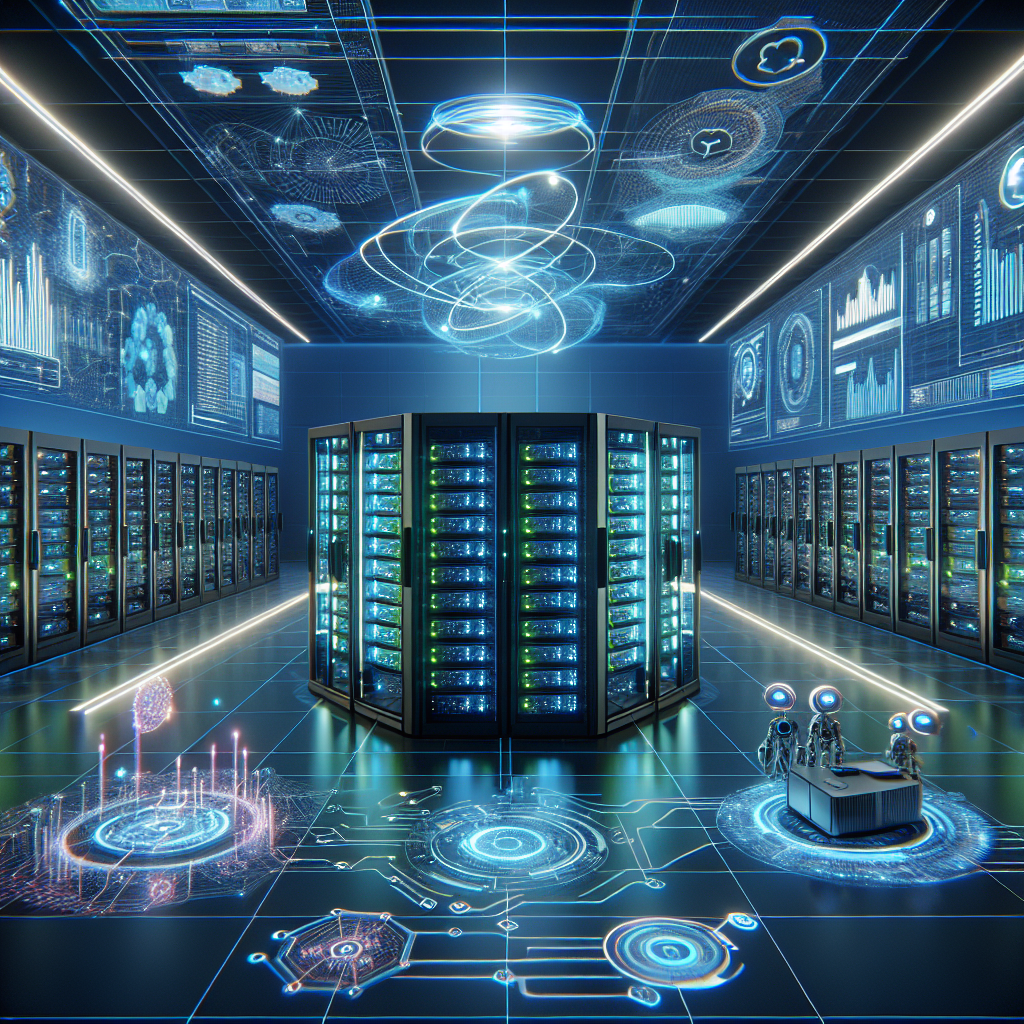In today’s digital age, data centers play a crucial role in ensuring that businesses can operate efficiently and effectively. These facilities house the servers, storage systems, and networking equipment that support the vast amounts of data generated and processed every day. With the increasing reliance on technology, ensuring data center uptime has become a top priority for organizations.
As technology continues to evolve, so do the trends in data center uptime. Innovations and technologies are constantly being developed to improve reliability, efficiency, and overall performance. In this article, we will explore some of the future trends in data center uptime that businesses should be aware of.
One of the key trends in data center uptime is the adoption of edge computing. Edge computing involves processing data closer to where it is generated, rather than relying on a centralized data center. This can help reduce latency and improve performance for applications that require real-time processing. By distributing computing resources closer to end-users, organizations can ensure faster response times and better overall reliability.
Another trend to watch is the rise of artificial intelligence (AI) and machine learning in data center management. These technologies can help predict and prevent downtime by analyzing vast amounts of data to identify potential issues before they occur. AI-powered tools can also optimize resources and improve efficiency, ultimately leading to increased uptime and cost savings for businesses.
Innovations in cooling technology are also shaping the future of data center uptime. As data centers continue to grow in size and complexity, efficient cooling systems are essential to prevent equipment from overheating and causing downtime. New cooling technologies, such as liquid cooling and advanced airflow management systems, are being developed to improve energy efficiency and reduce the risk of equipment failure.
Furthermore, the use of renewable energy sources is becoming increasingly popular in data center operations. By harnessing the power of solar, wind, or hydroelectric energy, organizations can reduce their carbon footprint and ensure a more sustainable approach to data center uptime. This not only benefits the environment but also helps lower operating costs in the long run.
In conclusion, the future of data center uptime is bright, with a range of innovations and technologies on the horizon. From edge computing to AI-powered management tools to renewable energy sources, businesses have a wealth of options to improve reliability and efficiency in their data center operations. By staying informed and embracing these trends, organizations can ensure that their data centers remain operational and resilient in the face of evolving technology and business demands.


Leave a Reply